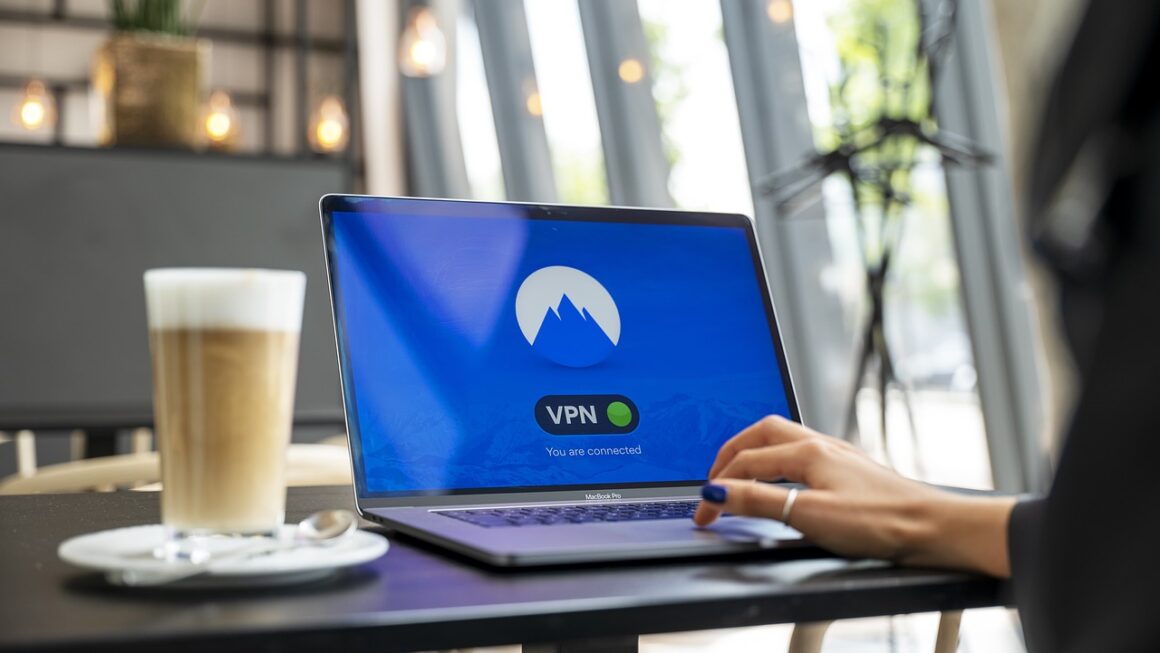Landing a sponsor can be the game-changer your project, event, or organization needs. It’s more than just getting financial support; it’s about building a mutually beneficial relationship that elevates your visibility and credibility while providing the sponsor with valuable marketing opportunities. But knowing where to start and how to approach potential sponsors can feel overwhelming. This guide will walk you through the process, providing practical steps and actionable insights to help you secure the sponsorships you need to thrive.
Defining Your Sponsorship Needs and Value Proposition
Understanding Your Funding Gap and Objectives
Before even thinking about approaching a sponsor, you need a crystal-clear understanding of your financial requirements and what you aim to achieve through sponsorship.
- Calculate your funding gap: Accurately assess your budget. Know exactly how much money you need and what specific items or activities the sponsorship will cover. For example, if you’re organizing a conference, determine the costs of venue rental, speakers’ fees, marketing materials, and catering.
- Set clear objectives: What do you hope to achieve with sponsorship beyond just financial assistance? Do you want to expand your reach, enhance your brand reputation, or access new resources and expertise? Be specific.
Example: Instead of saying “Increase brand awareness,” aim for “Increase brand awareness among target demographic X by Y% within Z months.”
Crafting a Compelling Value Proposition for Sponsors
Think like a sponsor. What’s in it for them? Your value proposition is your answer to that question. Highlight the benefits sponsors will receive by partnering with you.
- Identify your unique selling points: What makes your project, event, or organization stand out? Is it your unique audience, innovative approach, or strong community engagement?
- Tailor your pitch: Don’t use a one-size-fits-all approach. Research each potential sponsor and tailor your pitch to align with their marketing goals and target audience.
- Quantify the benefits: Whenever possible, use data to demonstrate the value you offer.
Example: “Our event attracts 500 attendees, 70% of whom are C-level executives in the tech industry. Sponsorship will provide direct access to these key decision-makers.”
- Consider different sponsorship levels: Offer various tiers of sponsorship packages with varying levels of benefits to accommodate different budgets and objectives. This increases your chances of securing sponsorships.
Identifying and Researching Potential Sponsors
Building a Target List of Potential Sponsors
Don’t waste your time contacting companies that aren’t a good fit. Create a targeted list of potential sponsors based on several factors:
- Industry alignment: Target companies in industries that align with your project or event.
Example: If you’re organizing a sustainability conference, focus on companies in renewable energy, eco-friendly products, or environmental consulting.
- Target audience: Choose sponsors who are trying to reach the same audience as you.
- Values alignment: Look for companies whose values align with your organization’s mission. This can lead to more authentic and impactful partnerships.
- Previous sponsorships: Research companies that have a history of sponsoring similar events or organizations. This indicates their willingness to invest in such opportunities.
- Utilize online resources: Use LinkedIn, industry directories, and online databases to identify potential sponsors.
Conducting Thorough Research on Potential Sponsors
Once you have a list of potential sponsors, conduct in-depth research to understand their needs, objectives, and past sponsorship activities.
- Company website: Review their website to understand their products/services, target audience, and corporate values.
- Social media: Analyze their social media presence to understand their brand messaging and audience engagement.
- News and press releases: Stay up-to-date on their latest news and announcements to identify potential areas of alignment.
- Sponsorship history: Research their past sponsorships to understand their preferences and priorities. This can be found through online searches or by contacting their corporate social responsibility (CSR) department.
- Identify key contacts: Find the right person to contact within the organization, such as the marketing manager, sponsorship coordinator, or CSR director. LinkedIn is an excellent tool for this.
Creating a Winning Sponsorship Proposal
Structuring Your Sponsorship Proposal for Maximum Impact
Your sponsorship proposal is your opportunity to make a strong impression and convince potential sponsors that partnering with you is a worthwhile investment.
- Executive summary: Start with a brief overview of your project, the sponsorship opportunity, and the key benefits for the sponsor.
- About us: Provide a concise introduction to your organization or event, highlighting your mission, values, and achievements.
- Problem statement: Clearly define the problem you are addressing and how your project or event is contributing to the solution.
- Project details: Provide detailed information about your project or event, including the target audience, activities, and timeline.
- Sponsorship opportunities: Outline the various sponsorship levels and the corresponding benefits. Be specific and quantifiable.
Example: “Gold Sponsor: Logo placement on all marketing materials, speaking opportunity at the event, and 10 complimentary tickets.”
- Budget: Provide a clear and transparent breakdown of your budget, showing how the sponsorship funds will be used.
- Call to action: Clearly state what you want the sponsor to do next, such as schedule a meeting or sign a sponsorship agreement.
Tailoring Your Proposal to Each Potential Sponsor
Remember, a generic proposal is unlikely to succeed. Personalize your proposal to each potential sponsor based on your research.
- Address their specific needs and objectives: Show that you understand their business and how your project can help them achieve their goals.
- Highlight shared values: Emphasize the alignment between your organization’s values and the sponsor’s corporate social responsibility initiatives.
- Use their branding: Incorporate their logo and colors into your proposal to show that you’ve put in the effort to tailor it to their brand.
- Include relevant testimonials or case studies: If you have secured sponsorships in the past, include testimonials from satisfied sponsors to build credibility.
Approaching Potential Sponsors and Building Relationships
Reaching Out and Making the Initial Connection
- Personalized email: Craft a personalized email introducing yourself, your project, and the sponsorship opportunity. Highlight the benefits for the sponsor and request a meeting to discuss further.
- Leverage your network: Ask your contacts if they have any connections at the companies you are targeting. A personal introduction can significantly increase your chances of getting a meeting.
- Attend industry events: Network with potential sponsors at industry events and conferences.
- Follow up: Don’t be afraid to follow up if you haven’t heard back from a potential sponsor. Send a polite reminder email or call them directly.
Nurturing Relationships and Closing the Deal
- Be responsive and professional: Respond to inquiries promptly and professionally.
- Be prepared to negotiate: Be flexible and willing to negotiate the terms of the sponsorship agreement.
- Provide regular updates: Keep your sponsors informed about the progress of your project or event.
- Show appreciation: Thank your sponsors for their support and acknowledge their contribution to your success.
Conclusion
Securing sponsorships requires a strategic and persistent approach. By clearly defining your needs, crafting a compelling value proposition, identifying the right potential sponsors, and building strong relationships, you can significantly increase your chances of success. Remember that sponsorship is a two-way street. It’s about creating a mutually beneficial partnership that helps both you and your sponsors achieve your goals. Put in the effort, stay persistent, and you’ll be well on your way to securing the sponsorships you need to achieve your vision.




